Take It or Leaf It: Nissan is Selling Its Battery Building Business to the Chinese

Earlier this month, Nissan announced it was in the final stages of sealing a deal to sell its entire EV battery business to Chinese investment firm GSR Capital. The sale includes battery plants in Tennessee, England, and Japan, with a preamble where the Japanese automaker has to buy up minority shares of Automotive Energy Supply Corp. from NEC Corp.
From there, it can sell off the business to GSR for a cool $1 billion — which isn’t a bad deal for the Chinese company. Nissan used around $1.4 billion in government funds building its U.S. factory in 2010, and the remaining plants weren’t exactly cheap to build. So why is Nissan selling them off?
For starters, the Leaf hasn’t been the sales leader the manufacturer hoped for. Even though global deliveries surpassed the 250,000-unit milestone in December 2016, Leaf sales don’t go beyond 50,000 units annually. By electric vehicle metrics, that’s still a win. However, the Tennessee factory is capable of producing 200,000 complete EV battery packs a year — well beyond the company’s current needs.
Reports point to the next-generation Leaf coming equipped with a less competitive power source and a more competitive price tag. Industry rumors have the 2018 model possessing a range of 143 miles per charge. That’s well below the 215-mile range of the Tesla Model 3 and the 238-mile range of the Chevrolet Bolt, both of which compete in the same segment as the Leaf.
Nissan hasn’t revealed its marketing plan for the new EV, but it’s assumed the car will come with several battery options and a base price $5,000 lower than the Bolt’s. Higher trim levels may even bridge the range gap. But, even with moderate sales, Nissan still needs to acquire its batteries from somewhere. In fact, its Tennessee assembly plant exists side-by-side with its EV battery factory and is part of the deal with GSR.
It’s difficult to see how this benefits the Japanese automaker. While GSR gets to become an important battery supplier for Chinese customers, Nissan gets to purchase its own hardware after having sold off the factories.
“This will enable GSR to grow its business and look for other opportunities,” Nissan North America spokesman Brian Brockman told Automotive News. “It will give them the scale to further develop their batteries and look for other opportunities.”
While altruism is its own reward, there isn’t usually a lot of money in it. But, by handing the battery business off, Nissan has alleviated some of the financial risks associated with production and engineering. It may have bit off more than it could chew and didn’t want to hold onto a side business it wasn’t taking full advantage of.
“The battery business alone will not make money, you have to have scale, you have to have the supply chain,” said GSR chairman Sonny Wu. “It’s a bloody, cutthroat game. The auto OEMs will lock you in for five years.”
Nissan has been selling stakes in other businesses, including parts supplier Calsonic Kansei and forklift manufacturer UniCarriers, to better focus on developing superior electric powertrains and autonomous driving technology. Nissan is also looking to push into Southeast Asia with smaller, more traditional automobiles since its purchase of a controlling stake in Mitsubishi Motors.
Under GSR ownership, the battery company will continue as the exclusive supplier of the Leaf’s power source.

A staunch consumer advocate tracking industry trends and regulation. Before joining TTAC, Matt spent a decade working for marketing and research firms based in NYC. Clients included several of the world’s largest automakers, global tire brands, and aftermarket part suppliers. Dissatisfied with the corporate world and resentful of having to wear suits everyday, he pivoted to writing about cars. Since then, that man has become an ardent supporter of the right-to-repair movement, been interviewed on the auto industry by national radio broadcasts, driven more rental cars than anyone ever should, participated in amateur rallying events, and received the requisite minimum training as sanctioned by the SCCA. Handy with a wrench, Matt grew up surrounded by Detroit auto workers and managed to get a pizza delivery job before he was legally eligible. He later found himself driving box trucks through Manhattan, guaranteeing future sympathy for actual truckers. He continues to conduct research pertaining to the automotive sector as an independent contractor and has since moved back to his native Michigan, closer to where the cars are born. A contrarian, Matt claims to prefer understeer — stating that front and all-wheel drive vehicles cater best to his driving style.
More by Matt Posky
Latest Car Reviews
Read moreLatest Product Reviews
Read moreRecent Comments
- Detlump I almost bought a dark red one of these when I was cross-shopping Volvo wagons. I didn't like the frameless glass of the doors but it was a close call. I wanted a wagon for my hockey gear and also carrying parts as I was an engineer at the time. SUVs weren't a thing at that point and I wanted an enclosed, secure cargo area.I ended up going with a 95 850 wagon and it has served me well. The only time it left me stranded (temporarily) was when the coil wire popped off. I also got a flat tire, but I can't blame the Volvo for that. BTW, I still have the 950 with 263,000 miles - just changed the timing belt too - I have that process down to about an hour by now!
- Wjtinfwb 18 year old Euro with admitted "issues". RUN from this money pit. My experience with European cars is time is more of an enemy than Mileage. I'd rather a 5 year old BMW with 120k miles than a 15 year old one with 50k. Electronics, wiring, plastics, exterior trim etc. just crumble with time, particularly if the car has lived in a harsh climate outside. I have folders of receipts from BMW, VW and Audi shops if you'd like to see the evidence of my thesis.
- Wjtinfwb We too have a Subaru, a '16 Crosstrek. Aside from it's appetite for batteries (or crappy Subaru batteries), so far it's been a reliable ride, but from day one I've always thought it felt flimsy. I'm sure we'll get good service out of it and have no plans to replace it, but won't be surprised if it starts nickel and diming up as all those plastics and the electronics start to age.
- Bd2 Excellent article, very nice car. Thank you Murilee.
- Make_light I like Subarus, and I often think they don't get enough credit for how they drive. Lots of people say it's the faux-rugged image that accounts for their popularity, but they also drive with a solidity and plantedness that's absent from a lot of the Japanese competition. That being said, this thing is ugly. I never felt that Subarus were as ugly as commenters claim they are. Boring, sure, but not necessarily ugly. But between this and the refreshed Legacy, it's like they're trying to make their vehicles look as incohesive and awkward as possible.



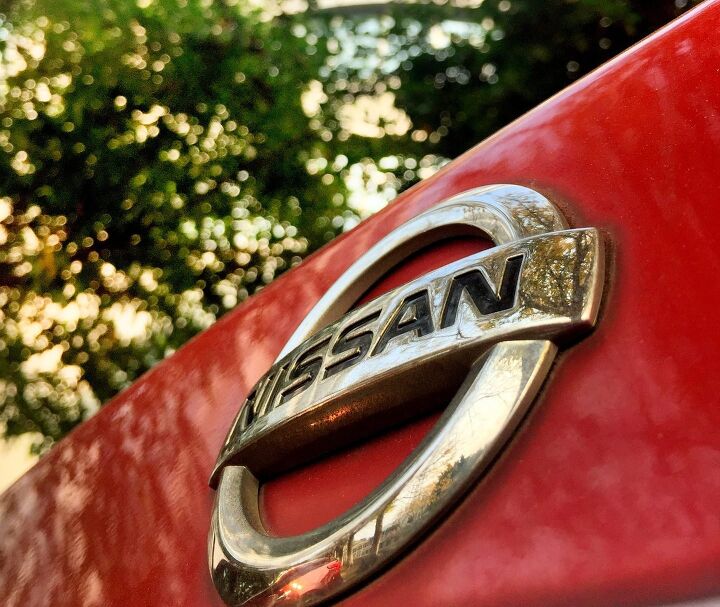















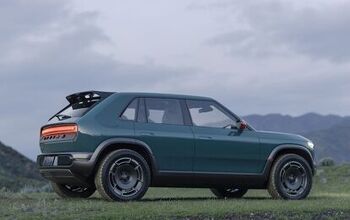


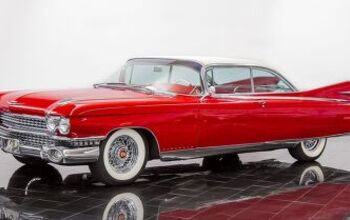

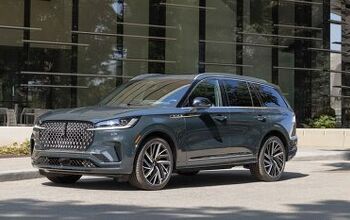
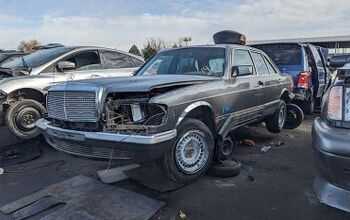
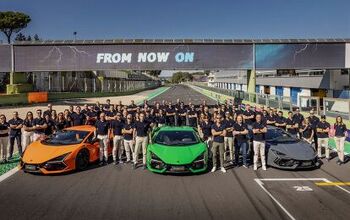
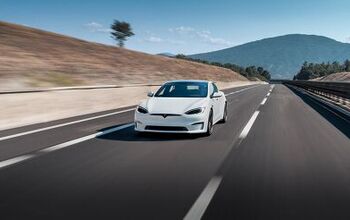
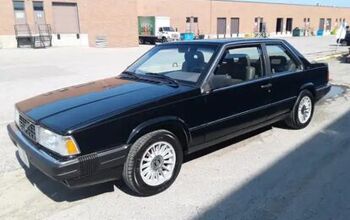

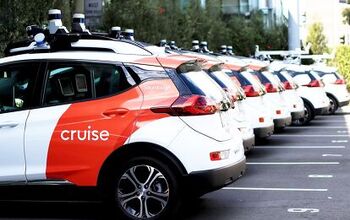

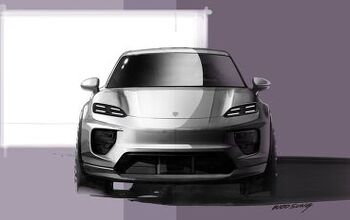
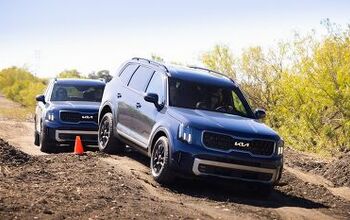
Comments
Join the conversation
Why couldn't Nissan start up its hybrid unit? Many auto makers are still making hybrids. Toyota is still selling hybrid vehicles in many of its model including its Lexus brand. Honda released the newer Accord hybrid and it possibly may release the Civic hybrid again. Why did Nissan pull the hybrid model off production when hybrids are still selling? The Nissan Rogue now has a hybrid model.
Nissan obviously believes that EV sales will not be ramping up anytime soon. This means that they are now predicting any or all of the following: 1) EV subsidies will soon be reduced or eliminated, 2) Battery costs are not coming down nearly as fast as predicted, 3) Current Lithium batteries are going to be displaced by another technology requiring a different production process and obsoleting Lithium oriented factories.